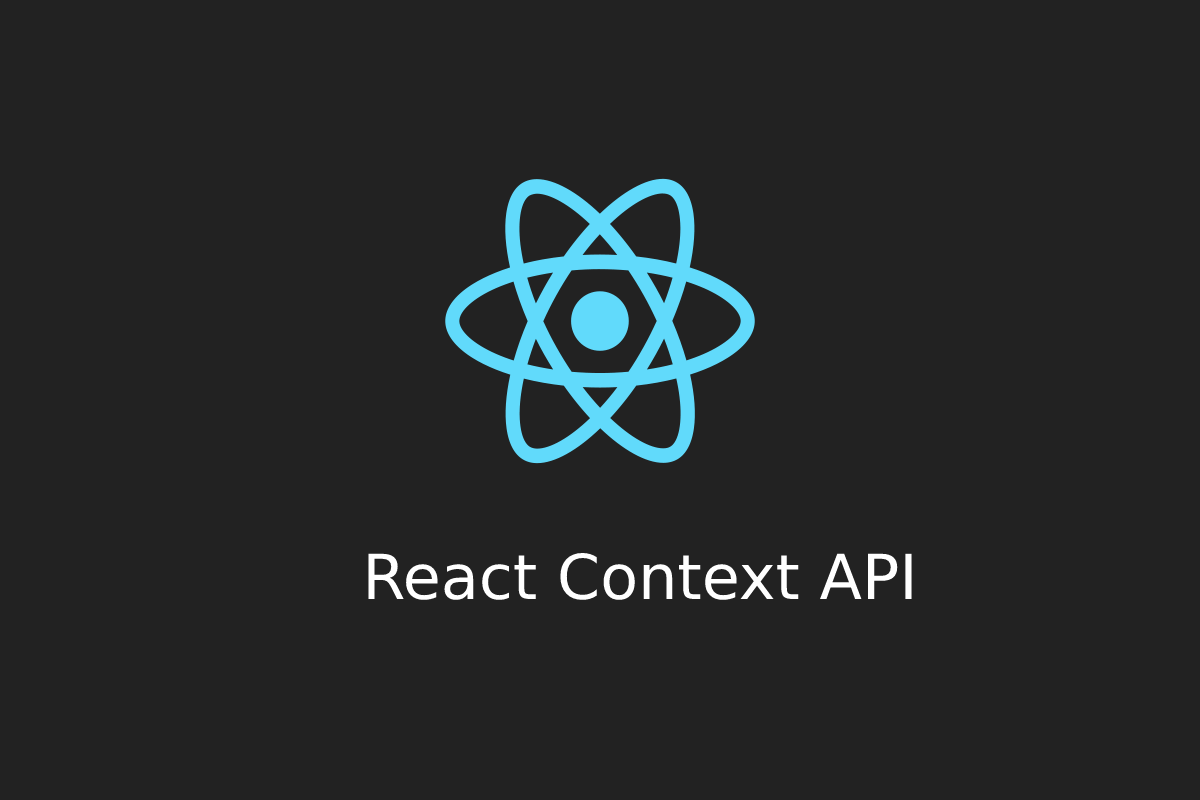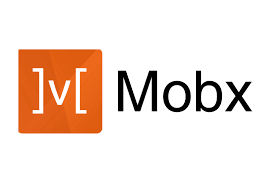Table of Contents
Top 5 React Native State Management Tools
Author

Date

Book a call
State management is one of the most critical aspects of app development. It helps build robust apps without any risks of data loss by ensuring smooth communication and data sharing across all application components. There are various state management libraries to rely on regarding state management in React Native apps, whether web or mobile. Each have their own utility and perks.
Let us discuss some of the top React Native state management libraries and their advantages.
Why State Management is Necessary in React Native
Many of us might believe that state management libraries or tools are optional, and that we can rely on the built-in features of each platform for managing states. While this can be true for simple applications, complex applications with multiple users and screens desperately need state management libraries.
There are various state management options available for React Native. These state management tools do not only help manage the state of the app. They also help improve the user experience of any application. Here are some other benefits of React Native state management libraries:
- To avoid complex props drilling
Props drilling used to be handy for passing data through multiple nested components. But it can be tricky and lead to a complex code. That’s when state management libraries in React Native help. State management tools make it possible to retrieve the state of the app from anywhere without prop drilling. The concept of component reusability makes data sharing easier.
- To maintain a single source of data
Without proper state management, developers might need to access the data of variables from various places in a code. But using state management tools will open doors to a new dimension where accessing multiple files to get the state of the app or any data related to it is no longer required.
- To have scalable data across the app
Developers consider scalability as an important factor when building an application. Using state management libraries is crucial to avoiding bugs and problems in the long run. State management helps the app code to be easily maintainable and improves the quality of the code.
Top 5 React Native State Management Tools
Some of the widely used and all-encompassing state management libraries that make React Native app development hassle-free include:
- React Context API
- Hookstate
- Easy-Peasy
- Mobx
- Recoil
Now, let’s learn about each of them in detail.
1. React Context API
Context API is not a stand-alone library. It allows developers to share data without relying on manual props drilling at the entry level. Context API uses the component tree for passing data. This eliminates the dependency on props, resulting in cleaner code and higher ease of sharing states inside an application. Context API helps share data at any component level using the above mechanism.

2. Hookstate
React hooks allow state management in the most minimalist way possible. Instead of being a stand-alone library, Hookstate allows similar features without installing extra packages. This allows developers to eliminate time spent on learning a third-party state management library. They can utilize the time saved due to a relatively less steep learning curve to add more features to an application.
Earlier, the state could only be created and managed using a class component. React Native v0.59 introduced the option to use state in a functional component, making it easier for developers. Some of the most commonly used built-in hooks of React Native include: useState, useEffect, and useContext.

3. Easy-Peasy
As the name suggests, this method makes state management in React Native easier than before, especially as compared to other third-party libraries. Its main advantage is the ease of using less code and boilerplate.
Easy-Peasy is a combination of multiple state management methods and provides support for React hook-based API and Redux middleware. It uses Redux internally to manage the state. All these features enable developers to extend the application store.

4. Mobx
Developers usually recommend Mobx for state management in React Native applications due to its simplicity and minimal boilerplate code. No need to change the code, as Mobx is much similar to JavaScript. Also, a new architecture to support Mobx, as with Redux, is not required either. Mobx offers a simple and scalable way to manage the state across an entire React Native application.

5. Recoil
Recoil is most popular with developers as a boilerplate-free API which is much similar interface to React local state. Unlike Redux or context API, Recoil allows developers to discard unnecessary re-renders. Also, with Recoil, any React component can use the state stored in atoms. Recoil provides a uniform way to share state while solving performance issues of an application.

Conclusion
These were some of the most popular methods that make React Native state management easier. Using these tools cannot be overlooked. Appropriate state management libraries are a crucial factor in deciding the success or failure of an application. Therefore, make sure your next application is powered by the right state management methods.
At GeekyAnts, our developers have been making the most of these simple yet powerful React Native state management tools and delivering our clients with the best application development services. To know more about state management practices for React Native to provide a seamless user experience for your applications, you can get in touch with us today.
Dive deep into our research and insights. In our articles and blogs, we explore topics on design, how it relates to development, and impact of various trends to businesses.





